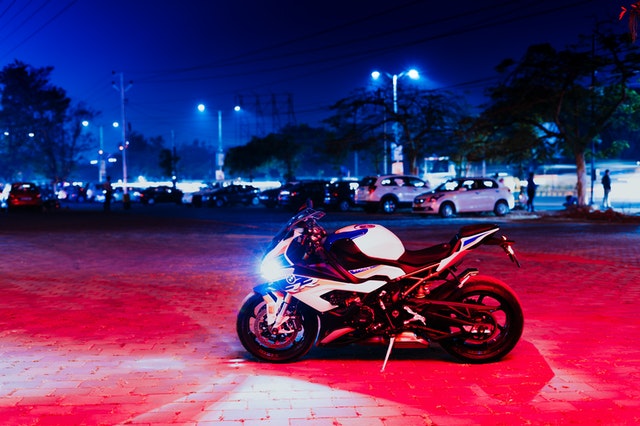With BMW’s entry into the DTM, the German automaker is poised to retake its position as number 1 in the motor sports industry. However, over at BMW’s motorcycle division, the once-dominant S1000RR –first released in 2009 to critical acclaim –is now being challenged by other, worthy contenders from the East: Suzuki’s GSX-R1000 and the Honda Fireblade have all recently seen action in racing circuits, with many experts seeing these two Japanese machines challenging BMW’s dominance.
But despite this challenge, the latest iteration of the BMW S1000RR holds its own, with its 4-cylinder charger firmly keeping it in the top spot. The BMW bike also has a 199bhp engine and a chassis that can handle even the roughest rides, all backed up by the German company’s proprietary electronics that offer casual riders more casual options like cruise control and heated grips.
Yes, the BMW S1000RR’s position as top dog is being challenged, but that doesn’t mean that it’s out of the race just yet. Here is a quick review:
BMW S1000RR Quick Specs
Displacement: 999 cc
Engine Type: Water/oil-cooled 4-cylinder 4-stroke in-line engine, four titanium valves per cylinder, BMW ShiftCam
No. of Cylinders: 4
Max Power: 206.6 PS @ 13500 rpm
Max Torque: 113 Nm @ 11000 rpm
Front Brake: Disc
Rear Brake: Disc
Fuel Capacity: 16.5 L
Body Type: Super Bikes

BMW S1000RR: A Quick Review
When it first came out in 2009, the BMW S1000RR practically raised the standard of super-sports bikes everywhere thanks to its powerful 999cc straight-four engine and feather-light chassis, not to mention the high-tech electronics that allows riders to choose various riding modes and even adjust their traction control to fit their ride.
By 2012, BMW updated the S1000RR by revising its engine and suspension, with BMW adding the exotic HP4 derivative with semi-active suspension a year later, one of the first commercial motorcycles to do so.
The current iteration of the BMW S1000RR follows the 2015 update, allowing riders to choose from three different riding modes. One of these modes that’s praised by casual and racing riders universally is the Pro mode, which allows riders to fine-tune their traction control via ergonomic buttons built-in to the handlebar. The upmarket S1000RR Sport model also features BMW’s proprietary Dynamic Damping Control; basically an advanced version of semi-active suspension.
The S1000RR Sport also features various creature-comforts such as a gearbox quick-shifter, pillion seat covers, LED indicators, and of course, heated grips. BMW-sanctioned accessories are also available for the S1000RR, including lightweight titanium exhausts, various carbon-fiber replacement parts, and a GPS-activated data logger that tracks everything from throttle position, lean angles, and for races, the rider’s line around the racetrack.To say that the BMW S1000RR is perfect, however, is a stretch: the styling has often-been quoted as being boxy and ugly, while the multiple riding modes can be confusing for some casual riders. Because of its accessibility to both racers and casual riders, many decry the impact of the BMW S1000RR as being watered down. However, it’s hard to deny that the bike is one of the most practical superbike out there, particularly because of its advanced electronics that make it easy to ride.

